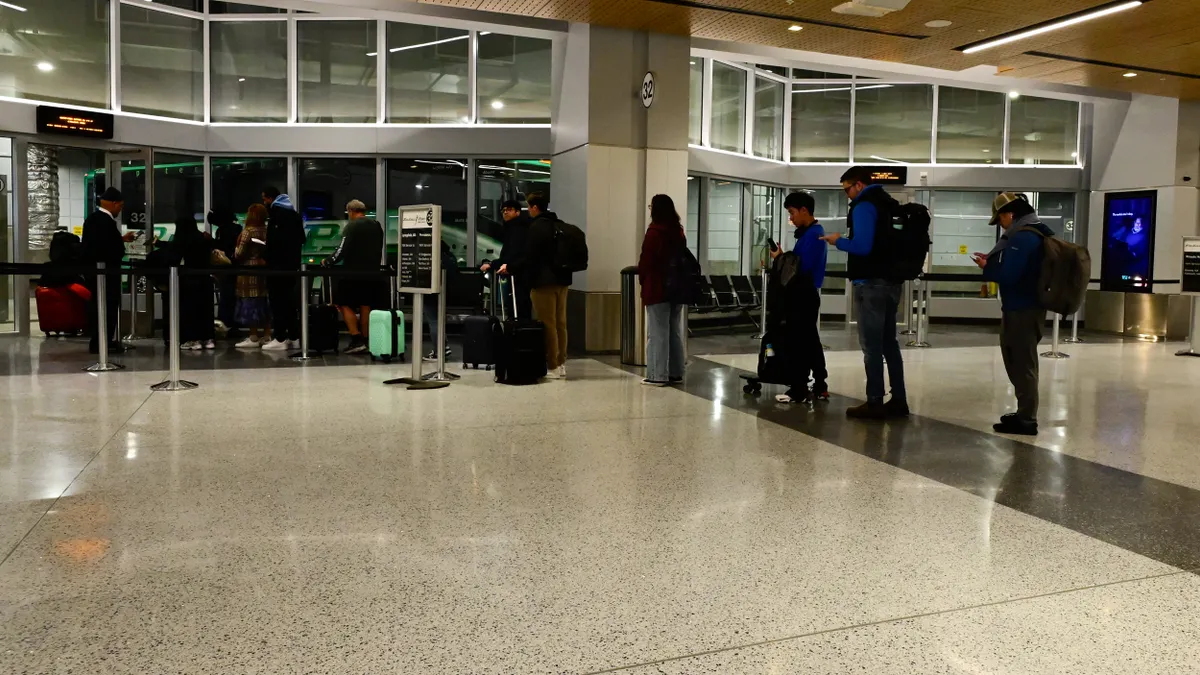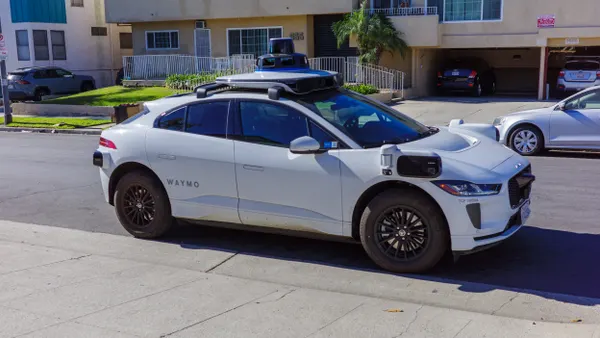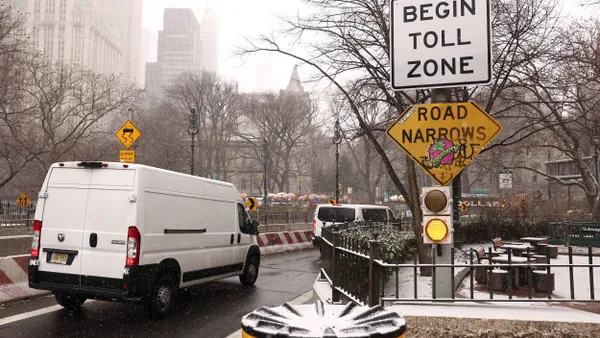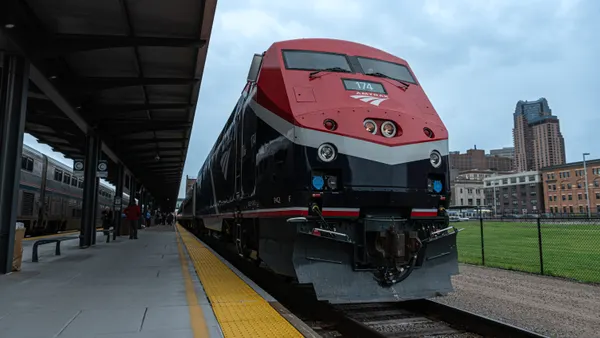After five years of planning, design and construction, a new wing for Boston’s South Station bus terminal opened yesterday, increasing capacity with 16 additional bus docks for a total of 42. The terminal sits atop an Amtrak and Massachusetts Bay Transportation Authority commuter rail terminal, with subway and bus lines below and bike-share stands outside.
“It's all about giving people options and making seamless connections,” Mark Richardson, general manager of the bus terminal for Avison Young, property manager for the MBTA, said during a tour of the terminal.
FlixBus and Greyhound, which Flix North America operates, together took three additional bus docks, bringing their total to 10 for the two brands, Richardson said.
Our Bus, which connects cities in the Northeast, now operates from curbside locations in Boston and wants to serve the bus terminal now that it has the capacity, Richardson said. When that happens, the terminal will serve 10 bus lines.
Intercity buses carried about 50 million passengers in 2023, according to Joseph Schwieterman, director of the Chaddick Institute for Metropolitan Development at DePaul University. The Chaddick Institute’s 2025 annual review projected intercity bus ridership would increase by 4% this year. New England’s intercity network grew stronger last year with the Boston-New York City route served directly by FlixBus, Greyhound, Peter Pan Bus Lines and Our Bus, the report states.
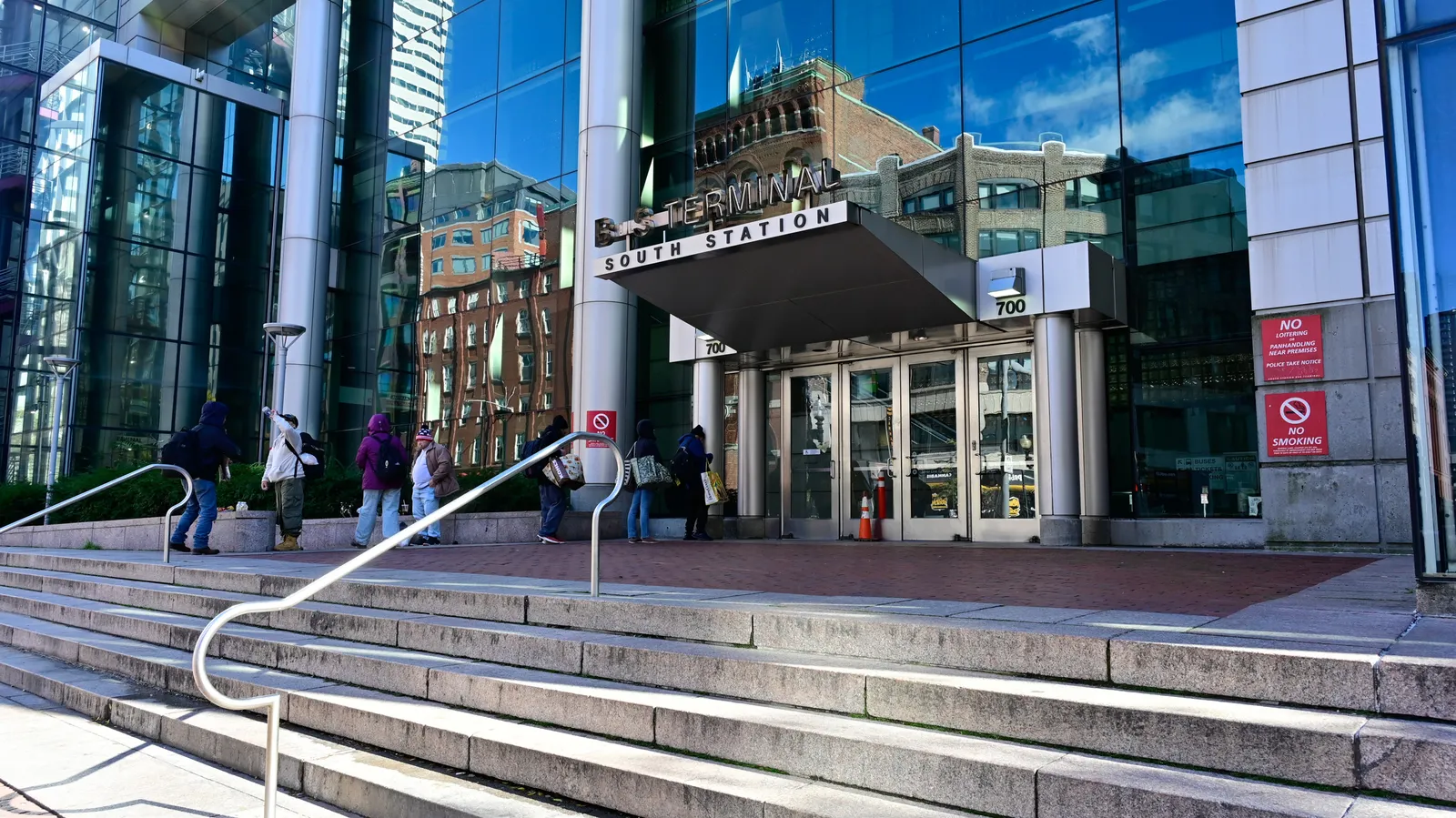
From July through September, the South Station bus terminal saw around 5,500 daily departures per month, according to data provided by Richardson. While the terminal doesn’t have ridership information for each carrier, it counts people traffic through the terminal. The most recent monthly counts ranged from 330,595 in July to 279,189 in September. January and February are the slowest months, he said.
The station lost some daily commuter traffic in the wake of the pandemic, Richardson said, but he expects to see new routes developed with the added capacity. “Some of these [bus] companies are adding different destinations,” he said.
Customers can expect to see more amenities at the terminal next year. Three retail locations were included in the expansion and requests for retail proposals will go out after Jan. 1, Richardson said. He hopes to see other food and beverage outlets to complement the McDonald’s and McCafé stores in the terminal’s atrium area.
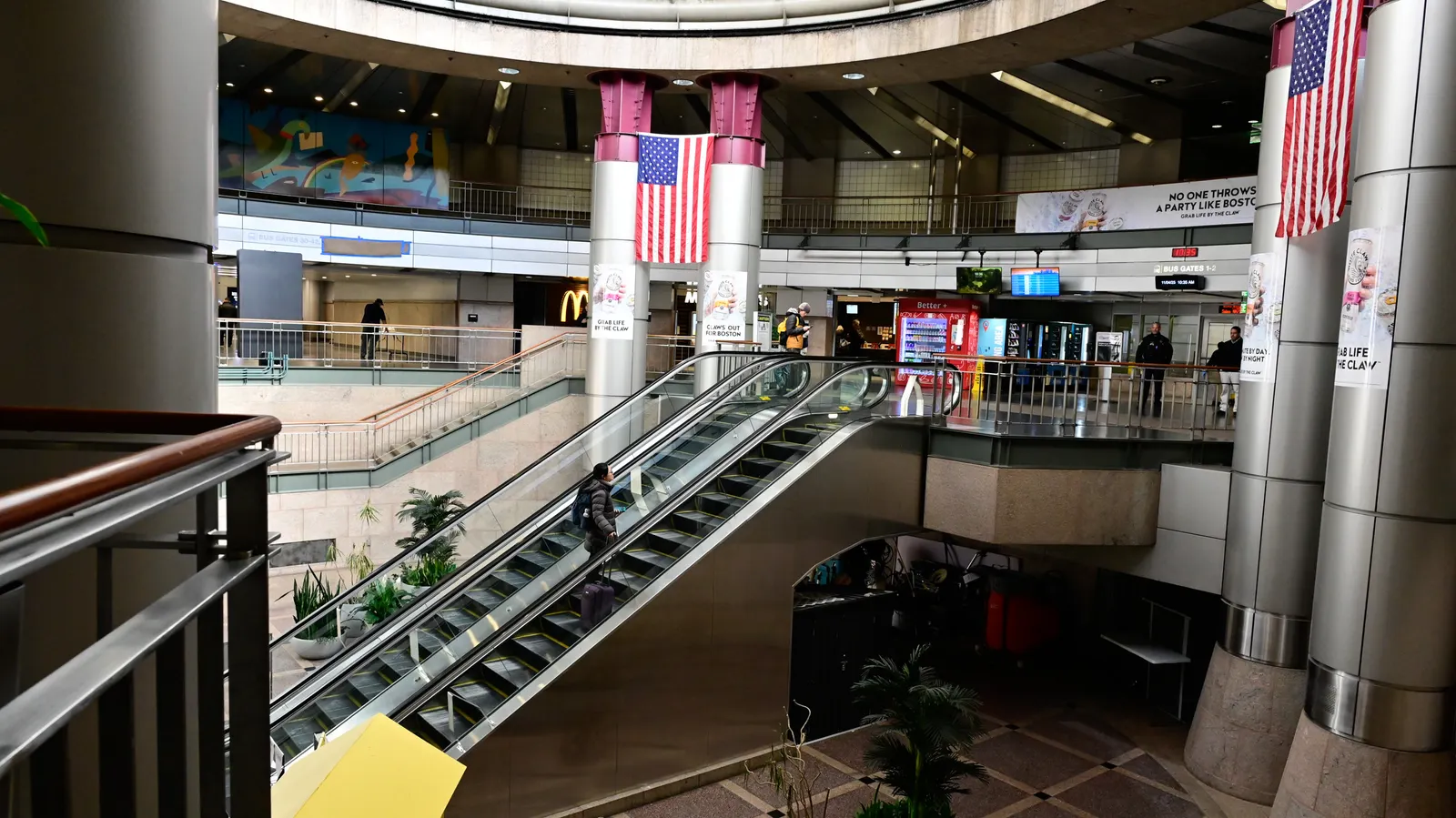
Rail passengers’ access to the bus terminal will become easier once the stairs, escalator and elevators leading directly from the train station open, eliminating a long walk along a train platform.
The impetus for the bus terminal expansion began with the sale of air rights over the train station in 2019. Hines, a real estate investment manager, asked architects Pelli Clarke & Partners to design a 51-story tower over the station tracks that would include office space and residential condominiums. The project also included the bus terminal expansion, new train platforms and a larger outdoor concourse for train passengers.
Richardson said growing areas around the train and bus station — Boston’s Financial, Seaport and Waterfront districts — will bring more customers to the expanded bus station. “It's going to mean growth for the bus carriers, so that's why they're investing in more gates here, because the whole area is going to get busier,” he said.



